
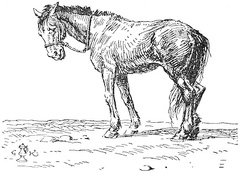 ‘Hakeney’
‘Hakeney’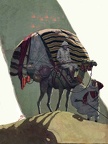 Camel
Camel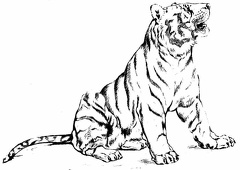 Tiger Cub
Tiger Cub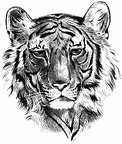 Tiger head
Tiger head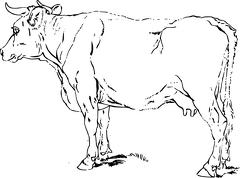 Cow
Cow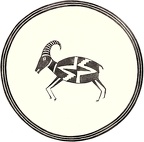 Mountain Sheep
Mountain Sheep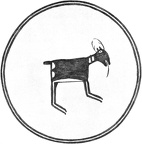 Fawn
Fawn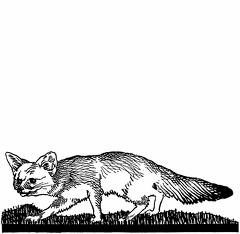 Fox
Fox Prehistoric Men Attacking the Great Cave Bears
Prehistoric Men Attacking the Great Cave Bears Scene from the Prehistoric World - Early Ice Age
Scene from the Prehistoric World - Early Ice Age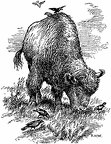 Buffalo grazing
Buffalo grazing The Badger (Exod. 26 14)
The Badger (Exod. 26 14)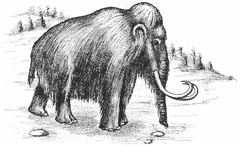 Woolly mammoth
Woolly mammoth Heading - nature
Heading - nature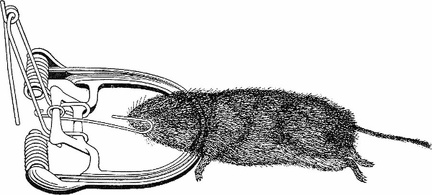 Field mouse caught in baited guillotine trap
Field mouse caught in baited guillotine trap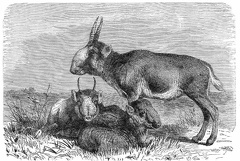 The Saiga-Antelope (Saiga tartarica)
The Saiga-Antelope (Saiga tartarica)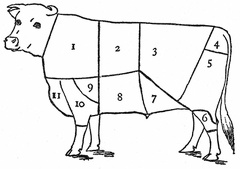 Cow Parts
Cow Parts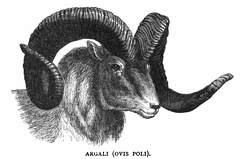 Argali (Ovis Poli)
Argali (Ovis Poli)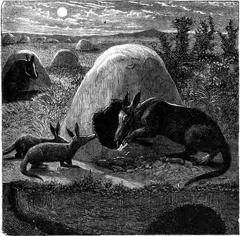 Aardvark
Aardvark A Grazing Bison, Delicately and Carefully Drawn, Engraved on a Wall of the Altamira Cave, Northern Spain
A Grazing Bison, Delicately and Carefully Drawn, Engraved on a Wall of the Altamira Cave, Northern Spain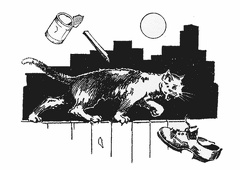 Cat on a fence
Cat on a fence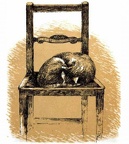 Cat asleep on a chair
Cat asleep on a chair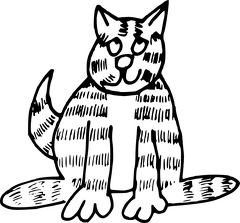 Cartoon Cat
Cartoon Cat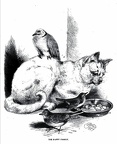 Happy Family
Happy Family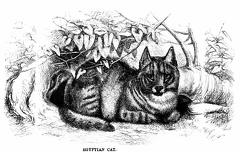 Egyptian Cat
Egyptian Cat Cat Face
Cat Face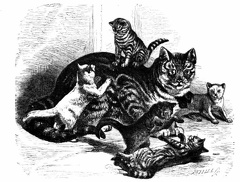 Cat with kittens
Cat with kittens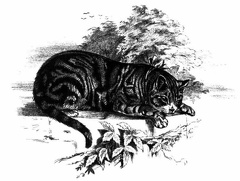 Cat on a wall
Cat on a wall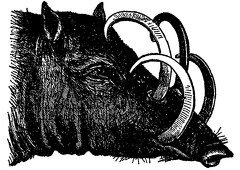 Babirusa
Babirusa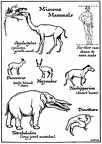 Miocene Mammals
Miocene Mammals Dromedary
Dromedary



